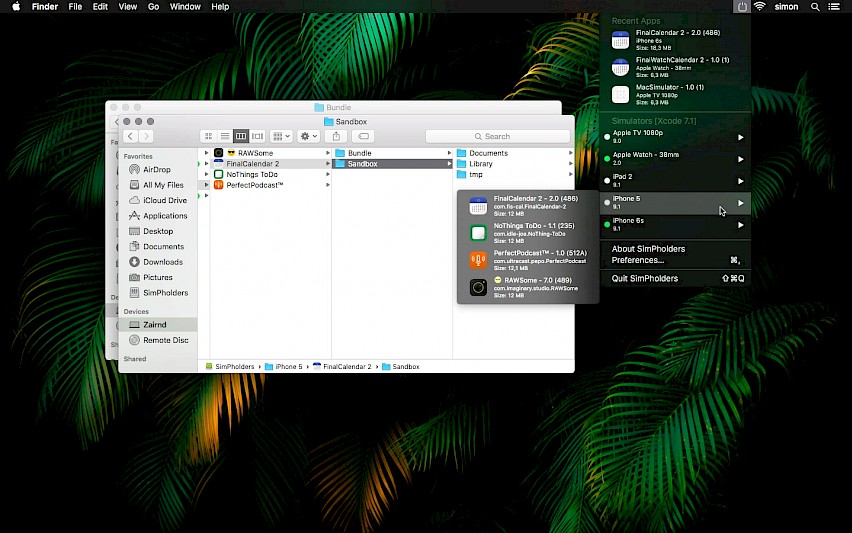

Because these apps will often make use of the native features of the hardware they are running on - gyroscope, camera, nfc readers, etc. More specific types of software, such as mobile or desktop applications, call for a slightly different approach. Remember that finding the right tool to use will not only depend on the specific needs of your project, but also on your current tech stack. These are just a few examples of the many server-side profiling tools available for web application development.

SIMPHOLDERS FREE CODE

WebPageTest and Lighthouse, which provide in-depth performance metrics and analysis of websites and apps). Third-party performance monitoring and profiling tools (e.g.the User Timing and Performance Timeline APIs, which enable developers to measure and track the performance of specific parts of code). performance profilers in Chrome DevTools and Firefox’s Developer Tools). A few common examples of client-side profiling tools include: The objective of client-side profiling is to analyse and measure any point of interaction with the user. Depending on your company’s solution, it can also be used on the client side, server side or both.
SIMPHOLDERS FREE SOFTWARE
It can be employed in a variety of different types of software systems. Software performance profiling is a term that covers the vast majority of optimisation activities. Two Sides of the Same Coin: Client & Server Profiling Restructuring the code as needed to reduce complexity and improve readability. Optimising the queries themselves to improve the way data is requested.ĭecreasing the load on the server if the same can be done on the client side without any problems. Lowering the amount of memory used to avoid overloading the system. This is usually accomplished by shifting processing to the backend or frontend.ĭecreasing the number of input/output operations in the database or filesystem to speed up the application. This can greatly speed up execution.īringing down network latency by minimising the amount of network calls made by the application. Using multiple cores or processors to perform several computations at once. those resulting from an increased user base). Selecting and implementing the best data structures and algorithms for the specific problem at hand (e.g. Optimising data structures and algorithms Caching can be easily implemented at the database or content level. Storing frequently accessed data in a cache to quickly retrieve it. Measuring and analysing the performance of the application with the goal of identifying bottlenecks and any opportunities for improvement.


 0 kommentar(er)
0 kommentar(er)
